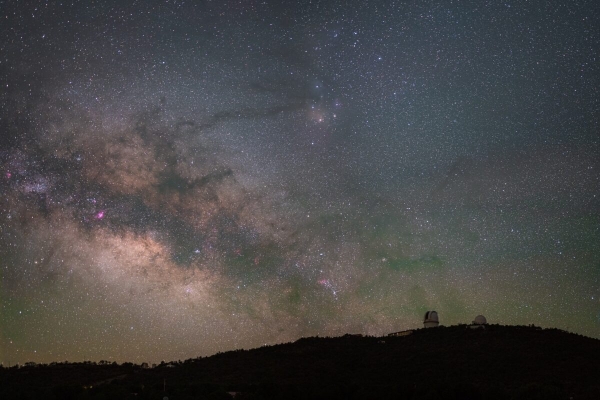The world’s largest International Dark Sky Reserve is coming to Texas and Mexico, thanks to a partnership between The University of Texas at Austin’s McDonald Observatory, The Nature Conservancy, the International Dark-Sky Association (IDA) and many others. The designation, granted by the IDA, recognizes the commitment of organizations, governments, businesses and residents in the region to maintaining dark skies. The move will benefit not only astronomical research, but also wildlife, ecology and tourism.
The new Greater Big Bend International Dark Sky Reserve will encompass more than 15,000 square miles in portions of western Texas and northern Mexico. It is the only such reserve to cross an international border.
“This reserve protects both the scientific research and public education missions of McDonald Observatory,” said Taft Armandroff, director of UT Austin’s McDonald Observatory. “Since 1939, the observatory has enabled the study of the cosmos by faculty, students and researchers at UT Austin and other Texas institutions of higher learning, with topics ranging from planets orbiting nearby stars to the accelerating expansion of the universe.”
The core of the reserve, where the protection for dark skies is strongest, is formed by the lands of McDonald Observatory and The Nature Conservancy’s Davis Mountain Preserve.
Continue reading at University of Texas at Austin
Image via University of Texas at Austin


